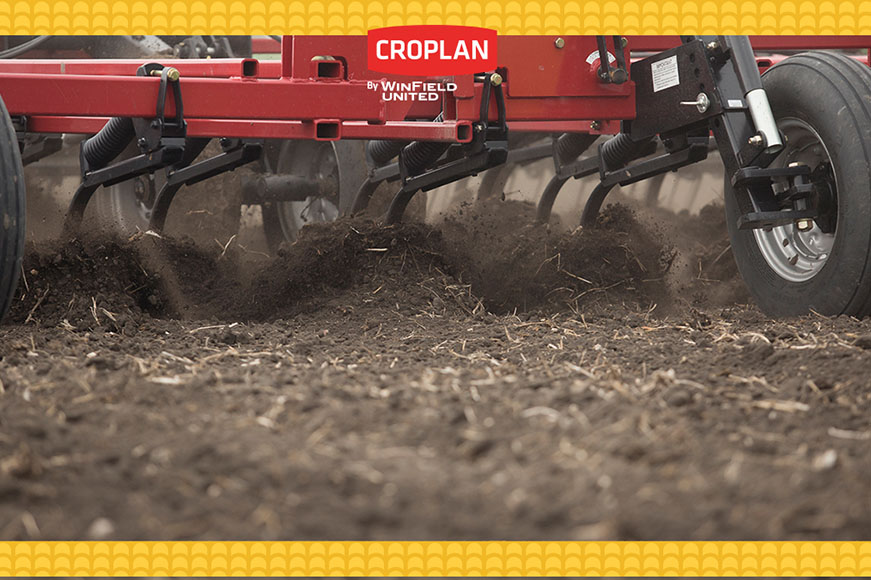Consider Rotation for Cleaner Corn Fields

Last year, nearly 91 million acres of corn were planted across the country. That’s a lot of land to keep weed-free. But including crop rotation as part of your comprehensive weed management strategy can help ease the pressure of controlling troublesome weeds.
Changing the weed spectrum
When crops are rotated, management practices change to accommodate a specific crop. This is an important factor in weed control because weeds are less likely to become adapted to an environment that continuously changes.
Consider a corn-on-corn field. Each year it is planted and harvested around the same time. Similar fertilization and herbicide programs are used year after year. And it’s very likely that the same tillage practices are used on this field over consecutive years. The problem with this crop production plan is that it allows weeds to become better adapted to their environment, making them more difficult to control with the same management practices.
On the other hand, consider a field where alfalfa is added into a rotation with corn. The management of the added alfalfa crop can have a big impact on the weed spectrum in the field. Herbicides used to manage weeds in alfalfa are different than in corn, so weeds are exposed to different sites of action for control. In addition, alfalfa is harvested several times during the year, exposing weeds to mechanical damage prior to seed reproduction. The extra cuttings could significantly cut down on the number of weed seeds that end up in soil. This is just one example of how crop rotation can work to change the weed spectrum in a field.
Outsmart weeds
As you finalize crop plans think about how your production practices may be contributing to weed populations. If your fields are not in rotation, consider adding one to disrupt weed life cycles. If you plant the same crop year-after-year choose seed products with excellent emergence and early vigor characteristics that better compete with weeds early in the season before crop canopies are established.
Work with your trusted advisor to help develop a crop plan that can ease the stress of managing troublesome weeds.
Changing the weed spectrum
When crops are rotated, management practices change to accommodate a specific crop. This is an important factor in weed control because weeds are less likely to become adapted to an environment that continuously changes.
Consider a corn-on-corn field. Each year it is planted and harvested around the same time. Similar fertilization and herbicide programs are used year after year. And it’s very likely that the same tillage practices are used on this field over consecutive years. The problem with this crop production plan is that it allows weeds to become better adapted to their environment, making them more difficult to control with the same management practices.
On the other hand, consider a field where alfalfa is added into a rotation with corn. The management of the added alfalfa crop can have a big impact on the weed spectrum in the field. Herbicides used to manage weeds in alfalfa are different than in corn, so weeds are exposed to different sites of action for control. In addition, alfalfa is harvested several times during the year, exposing weeds to mechanical damage prior to seed reproduction. The extra cuttings could significantly cut down on the number of weed seeds that end up in soil. This is just one example of how crop rotation can work to change the weed spectrum in a field.
Outsmart weeds
As you finalize crop plans think about how your production practices may be contributing to weed populations. If your fields are not in rotation, consider adding one to disrupt weed life cycles. If you plant the same crop year-after-year choose seed products with excellent emergence and early vigor characteristics that better compete with weeds early in the season before crop canopies are established.
Work with your trusted advisor to help develop a crop plan that can ease the stress of managing troublesome weeds.

